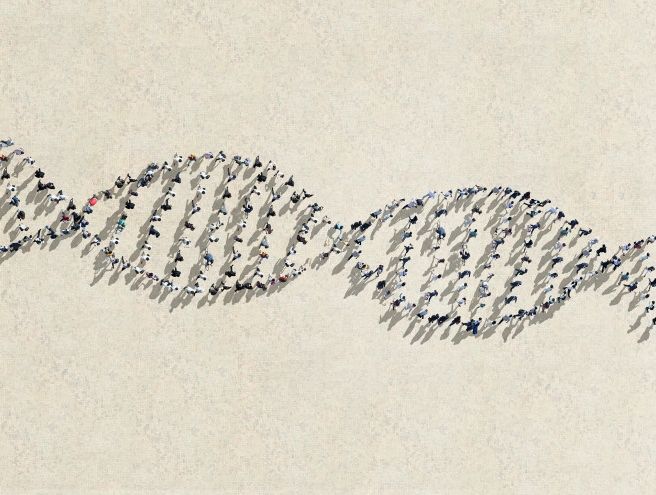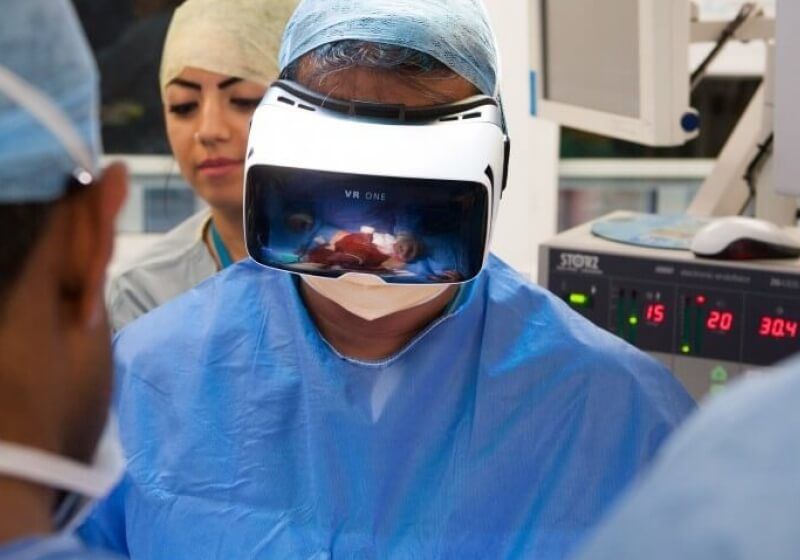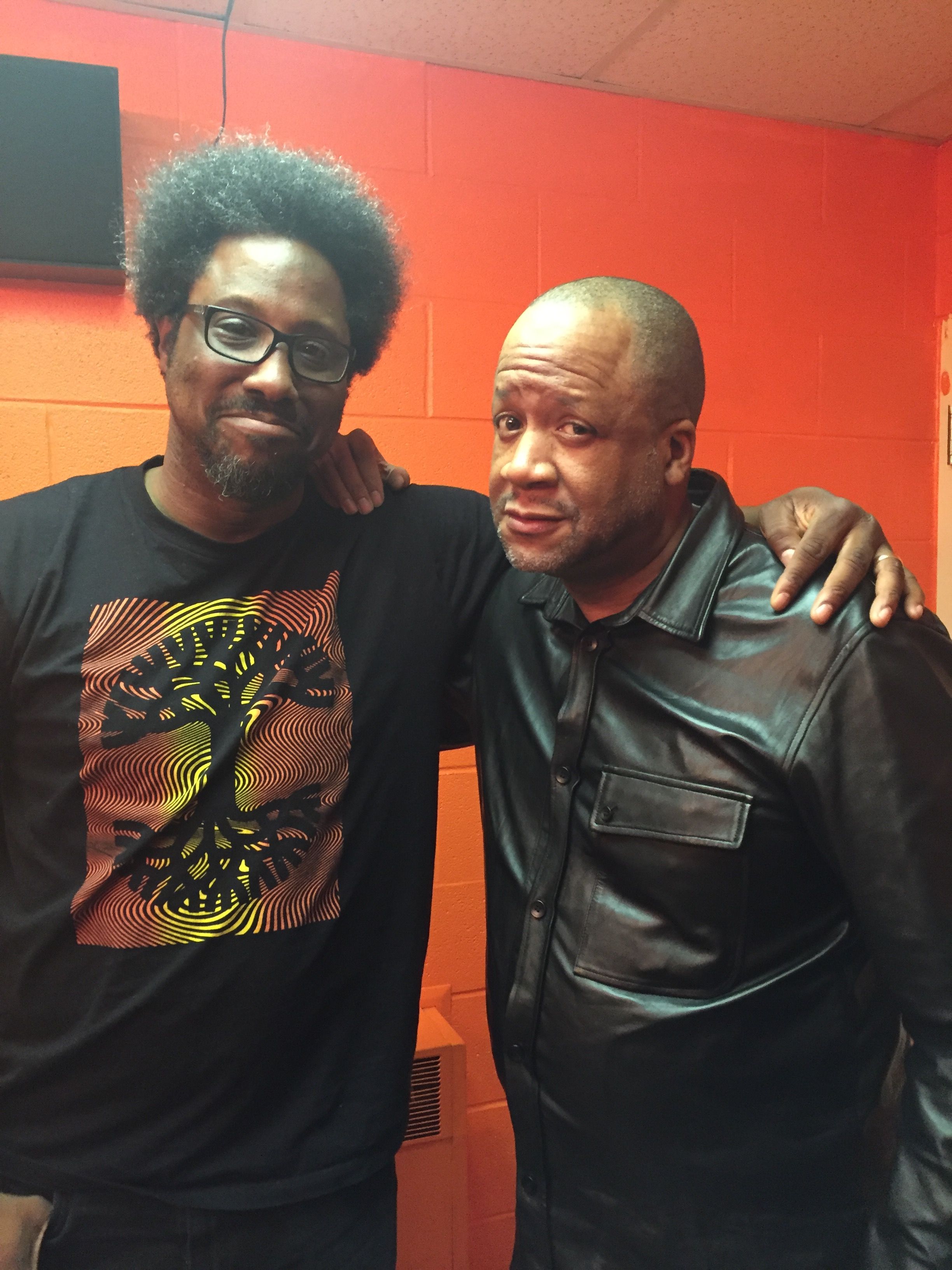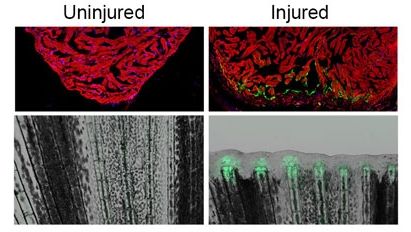Archive for the ‘biotech/medical’ category: Page 2614
Apr 13, 2016
This study 40 years ago could have reshaped the American diet. But it was never fully published
Posted by Amnon H. Eden in categories: biotech/medical, food, government, health
#nutrition #CrapScience
So after 40 years of prescribing low fat diets & demonising cholesterol, the largest & longest clinical experiment ever (40 years, 9,000 patients, randomly assigned diets) shows that “Patients who lowered their cholesterol, presumably because of the special diet, actually suffered MORE heart-related deaths than those who did not.”
In other words, if you’ve been cutting on steaks, butter etc. for 4 years or more, you may have INCREASED your mortality rate from heart disease by %8.
Apr 12, 2016
Is the Universe a Simulation? Scientists Debate
Posted by Sean Brazell in categories: biotech/medical, information science, mobile phones, neuroscience, space

Hmm… That would explain Alzheimer disease — It’d be like some sort of unabashedly evil version of a smart phone data caps!
Or not.
Continue reading “Is the Universe a Simulation? Scientists Debate” »
Apr 11, 2016
Watch a live surgery take place in virtual reality on April 14th
Posted by Karen Hurst in categories: 3D printing, augmented reality, biotech/medical, cyborgs, virtual reality
Hmmm; not sure if I can watch given my tolerance level of seeing blood.
Cutting-edge technology has a way of snaking itself into the medical field. Over the past few years, for example, we’ve seen 3D printers used to create prescription medication, prosthetic limbs, casts, replacement bones, homemade cosmetic braces and even cartilage implants.
Now, we’re beginning to see some of the ways that virtual reality will impact modern medicine with a company by the name of Medical Realities leading the way.
Continue reading “Watch a live surgery take place in virtual reality on April 14th” »
Apr 11, 2016
We need Black intelligence
Posted by Karen Hurst in categories: bioengineering, biotech/medical, neuroscience, robotics/AI
Luv it; AI (more than any other technology) as well as Gene editing needs diversity in order to have relevance in the world.
We need Black intellligence.
Apr 11, 2016
DARPA wants ‘shape-shifting’ vaccines that evolve with viruses
Posted by Karen Hurst in categories: biotech/medical, genetics, life extension, particle physics
DARPA taking on the designer viruses and resistant fighting viruses that we hate. Who knows; they may finally find the fountain of youth in the process.
Vaccines are great, but they’re no match for most viruses in play at any given time. This is due largely in part to the ever-changing nature of viruses and the expense and difficulty in developing new vaccines to target them. DARPA wants that reality to change, citing the numerous concerning viruses, past and present, that affect humanity. Under the “INTERCEPT” program, DARPA seeks “shape-shifting” vaccines that adapt to kill off viruses as they evolve.
One of the biggest virus scares at the moment is the zika virus, but ebola was just recently a big issue and other viruses, including influenza and dengue, are a continuous problem. Once someone is infected, the virus is able to “mutate and morph as they reproduce inside their hosts,” says DARPA, making any vaccines quickly obsolete. If the agency’s new INTERfering and Co-Evolving Prevention and Therapy (INTERCEPT) program proves successful, though, things will change in a big way.
Continue reading “DARPA wants ‘shape-shifting’ vaccines that evolve with viruses” »
Apr 10, 2016
New 3D Printed Ovaries Allow Infertile Mice to Give Birth
Posted by Karen Hurst in categories: 3D printing, biotech/medical, health
It might be time to rethink fertility treatment.
Here’s the scoop: scientists at Northwestern University 3D printed a functional ovary out of Jello-like material and living cells. When implanted into mice that had their ovaries removed, the moms regained their monthly cycle and gave birth to healthy pups.
The scientists presented their results last week at the Endocrine Society’s annual meeting in Boston.
Continue reading “New 3D Printed Ovaries Allow Infertile Mice to Give Birth” »
Apr 9, 2016
Nanoporous Material Displays Odd “Breathing” Habit
Posted by Karen Hurst in categories: biotech/medical, materials
 High-tech sponges of infinitely small, nanoporous materials can capture and release gaseous or liquid chemicals in a controlled way. A team of French and German researchers from the Institut de Recherche de Chimie Paris (CNRS/Chimie ParisTech) and the Institut Charles Gerhardt de Montpellier (CNRS/Université de Montpellier/ENSCM) has developed and described one of these materials, DUT-49, whose behavior is totally counterintuitive.
High-tech sponges of infinitely small, nanoporous materials can capture and release gaseous or liquid chemicals in a controlled way. A team of French and German researchers from the Institut de Recherche de Chimie Paris (CNRS/Chimie ParisTech) and the Institut Charles Gerhardt de Montpellier (CNRS/Université de Montpellier/ENSCM) has developed and described one of these materials, DUT-49, whose behavior is totally counterintuitive.
When pressure is increased for a sample of DUT-49 to absorb more gas, the material contracts suddenly and releases its contents — as if, when inhaling, the lungs contracted and expelled the air that they contained. This work, published in Nature, makes it possible to envisage innovative behavior in materials science.
Capturing toxic molecules in ambient air, storing hydrogen, targeting drug release — the list of applications that could use flexible nanoporous materials is endless. These materials use the large surface area in their pores to capture and store gaseous or liquid molecules: this phenomenon is called adsorption. Their pores can adsorb impressive quantities of products; they keep getting bigger until they reach their flexibility limit.
Continue reading “Nanoporous Material Displays Odd ‘Breathing’ Habit” »
Apr 9, 2016
Scientists store digital images in DNA, and retrieves them perfectly
Posted by Montie Adkins in categories: biotech/medical, business, computing
The digital universe — all the data contained in our computer files, historic archives, movies, photo collections and the exploding volume of digital information collected by businesses and devices worldwide — is expected to hit 44 trillion gigabytes by 2020.
Researchers have developed one of the first complete systems to store digital data in DNA — allowing companies to store data that today would fill a big box store supercenter in a space the size of a sugar cube.
Apr 8, 2016
Limb regeneration activation genes found in mammals and regenration of heart tissue and paws activitated in mice
Posted by Shailesh Prasad in category: biotech/medical
If you trace our evolutionary tree way back to its roots — long before the shedding of gills or the development of opposable thumbs — you will likely find a common ancestor with the amazing ability to regenerate lost body parts.
Researchers have built a running list of the genes that enable regenerating animals to grow back a severed tail or repair damaged tissues. Surprisingly, they have found that genes important for regeneration in these creatures also have counterparts in humans. The key difference might not lie in the genes themselves but in the sequences that regulate how those genes are activated during injury.
A Duke study appearing April 6 in the journal Nature has discovered the presence of these regulatory sequences in zebrafish, a favored model of regeneration research. Called “tissue regeneration enhancer elements” or TREEs, these sequences can turn on genes in injury sites and even be engineered to change the ability of animals to regenerate.
















